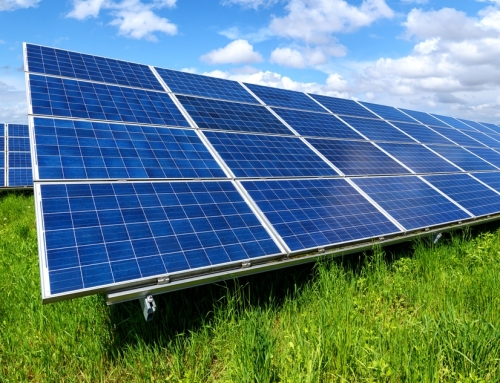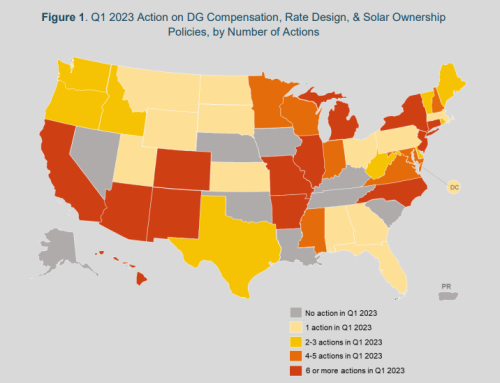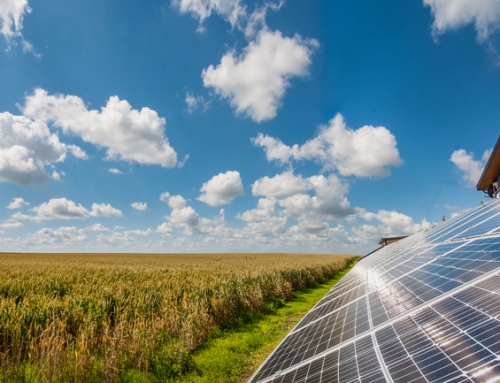By Becky Thompson | June 1, 2022
Like nearly every commodity, electricity and natural gas prices are volatile, which is a fancy word for unpredictable and scary–especially if you are a school business official trying to plan your next fiscal year with precision.
Since 2008, school districts have seen year-over-year decreases in gas and electricity costs, and many came to assume a cost decrease with each contract renewal.
Almost overnight, this scenario flipped.
Most school districts now face 60-100% increases on their energy bills.
Why is this happening?
Short answer: supply and demand.
Production of natural gas started tapering off well before the pandemic due to a pullback on investment in energy from Wall Street.
Years of declining energy rates meant most investors in the energy space saw little to no return on their investments. With the current sustainability movement and general hostility to fossil fuels, few firms are excited to pour money into energy production.
When COVID-19 hit, already declining energy production all but came to a halt. While things have slowly started recovering, the U.S. is still down 40% on the number of producing energy “wells” vs. 2019.
Further complicating things, demand is increasing.
A U.S. economy recovering from pandemic shutdowns is humming, and so is its energy demand. We are also sending a record amount of natural gas to Mexico, Asia, and Europe. Roughly 20% of our daily natural gas production is shipped to foreign markets. There is the expectation it will increase, especially given recent events in Europe (see Ukraine).
Add in new federal and state legislation focusing on renewable energy, and BAM! Market volatility.
That is why now, more than ever, weather plays such a large part in daily market prices. Any unforeseen or unfavorable weather forecasts can send rates screaming 10-20% overnight in a sensitive market.
Now that we have set the scene, our next blog post will dive into what you can do to combat the cost increases as a school business official.










Leave A Comment